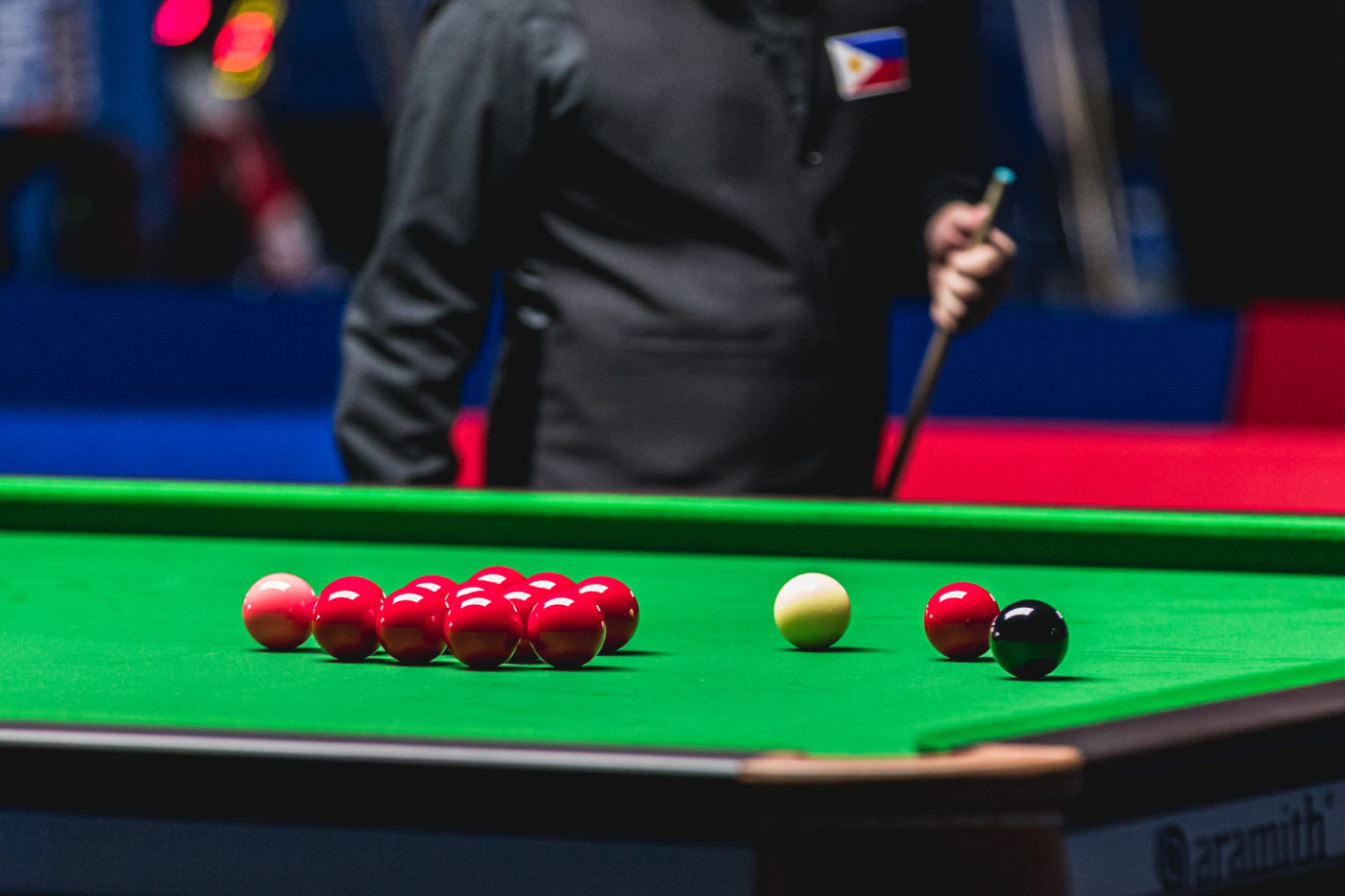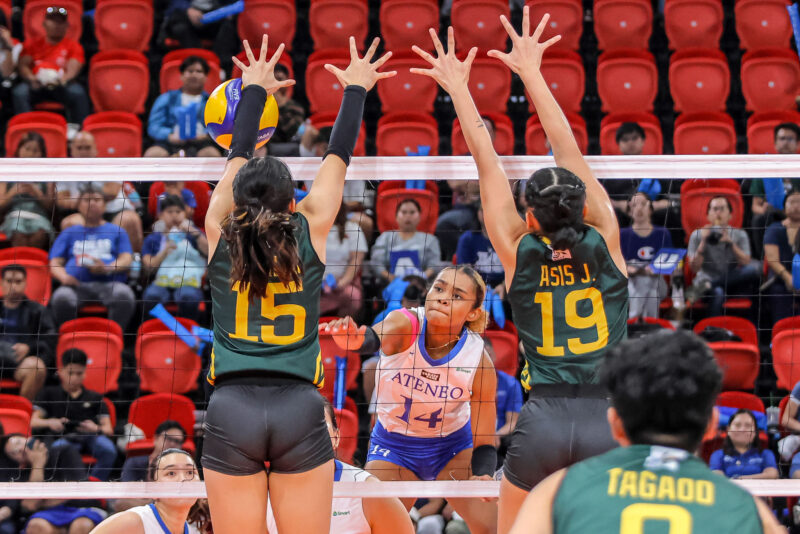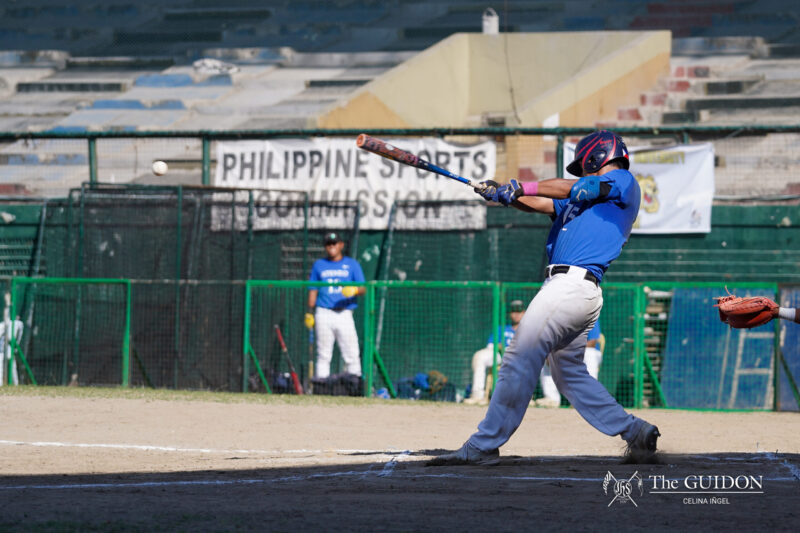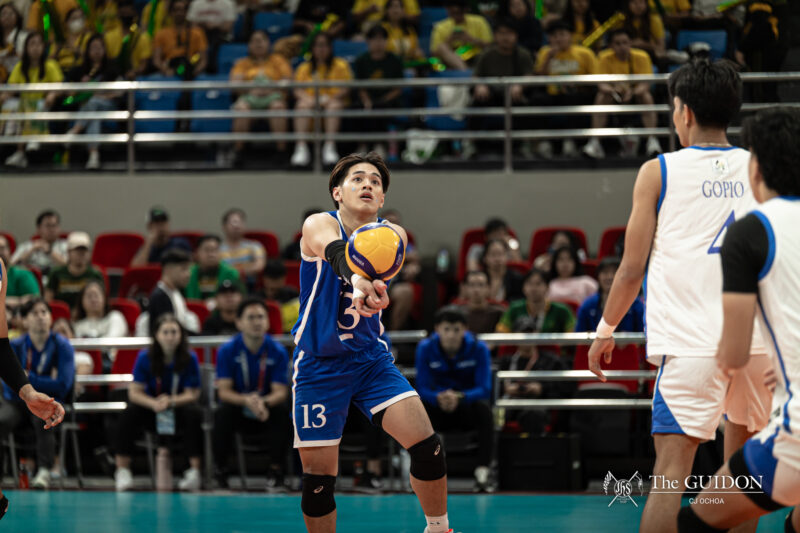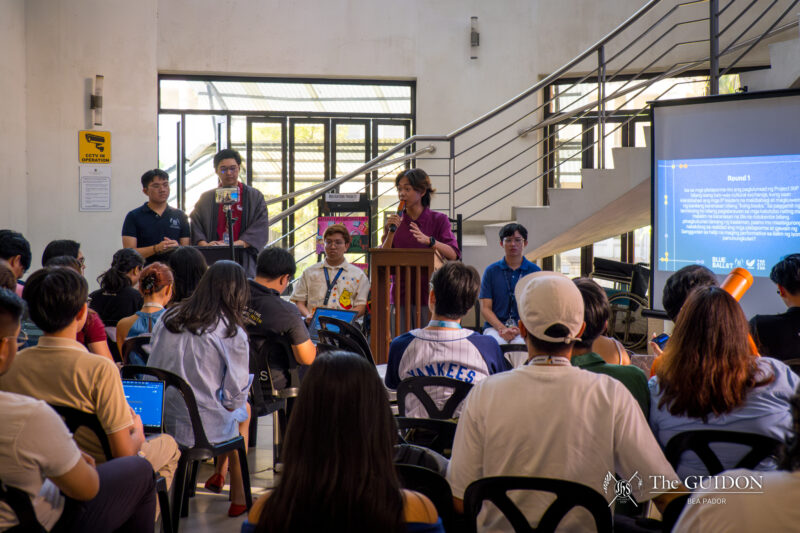AMONG THE many sports in which the Philippines has competed internationally, billiards has arguably given the country the most success. Due to various Filipinos’ triumphant history in the sport, the Philippines has earned its title as the pool capital of the world.
However, billiards’ golden age has since waned due to lack of sponsorships—causing the sport to lose its popularity in recent years. Nonetheless, the country’s success in the billiards scene is too historic for Filipinos to let go. In an effort to revitalize the sport, the inclusion of billiards in the University Athletic Association of the Philippines (UAAP) is one way to reintroduce the sport to a new generation.
A rich history
In the field of billiards, the Philippines is among the world’s best as seen in the plethora of Filipino champions who have found international success and brought pride to the country.
The list is bannered by pool’s greatest of all time: Efren “Bata” Reyes. With over 70 international titles, the magician’s career is highlighted by his four World Eight-ball championships, his 1999 World Pool-Billiard Association (WPA) Nine-ball title, and his 2006 and 2009 World Cup of Pool titles. His World Cup of Pool partner, Francisco “Django” Bustamante, has won over 50 international tournaments. Meanwhile, Dennis “Robocop” Orcollo, another Filipino pool great, has won over 30 international competitions, including his wins in the 2013 World Cup of Pool and the 2015 US Open 8-Ball Championship.
However, the late 2000s spelled a different story for competitive billiard sports. As well-known players’ managers sought out bigger profits, financing competitions proved to be a challenge. In order to attain bigger yields, talent managers set up local independent tournaments where their own players would be the sole main draw. This led to competitions where the Philippines’ top stars did not play against each other in marquee games. As this trend continued into the 2010s, sponsorship money turned sour and eventually dried up.
In an effort to win better prize pools, Filipino billiards stars entered overseas tournaments. This resulted in a lack of elite players competing locally, a decline in the quality of local competitions, and the deterioration of the sport’s popularity.
Although recognition for the sport has waned in recent years, the Philippines remained consistent with its winning ways in the international scene. In the 2019 Southeast Asian Games, an all-star ensemble consisting of Reyes, Orcollo, Carlo Biado, and Rubilen Amit placed first in the billiards and snooker events for winning four golds, three silvers, and five bronze medals.
No billiards in the UAAP
With billiards’ popularity taking a downturn, there is an absence of big draw tournaments in the country—noticeably in the collegiate level. While cue sports such as the nine-ball and eight-ball tournaments are included in the Palarong Pambansa, there are no collegiate billiards events in the UAAP and the Philippines’ National Collegiate Athletic Association.
According to Ateneo College Athletics Office Director Benjamin Afuang, billiards is not in the UAAP mainly because not all member-universities have teams participating in the existing sports. “I think [the UAAP] would like to look into [filling all spots] first before adding new sports,” Afuang mentioned.
Even with the difficulties of adding a new sport in the UAAP, including pool sports in the league would be beneficial to the dying local billiards scene. Apart from reviving the sport’s popularity, it can serve as a breeding ground for the national team. Furthermore, a billiards tournament in the collegiate scene would expose aspiring Filipino billiards players to a more competitive amateur tournament outside the Palarong Pambansa, which could better develop their skills.
The UAAP’s media coverage also makes the league the perfect avenue for the sport to be reintroduced to a new generation of potential billiards fans. Ultimately, by sparking young Filipinos’ interest in billiards, the country may begin to regularly host international tournaments again.
Billiards in Ateneo
Notably, the Blue and White partook in sport’s heyday back in the 1990s up to the early 2000s. Afuang mentioned that during his college years in the 1990s, there was a vibrant pool scene within the University. “People really invested in the sport before, and we joined tournaments in Malate, in Makati. It was really a big thing.” he shared.
Even in the 2010s, there were traces of the sport in the collegiate scene. For instance, the National Collegiate Billiards League ran from 2010 to 2011. However, Ateneo did not participate in the tournament, as the University’s lack of interest in the sport was made evident through the obsolete billiard tables in Faber Hall.
Despite billiards’ waning popularity, it presents viable steps for the University in revitalizing the culture of cue sports within the community. Billiards can be reintroduced to Ateneans through its inclusion in Physical Education (PE) classes, following Muay Thai’s lead in developing interest among Ateneans. The Loyola Schools could also place pool tables around the campus for students to use during their free time, similar to the Ateneo High School.
Other than billiards’ inclusion in PE classes, a billiards sports club could also be established to boost recognition for the sport within the Loyola Schools community. This has helped flag football’s case, wherein the establishment of the Ateneo Blue Raiders strengthened the sport’s following on campus. Through a billiards sports club, aspiring Atenean pool players can collectively hone their cue skills and develop their passion for the sport.
Apart from these, reviving the lost billiards culture by establishing accessible billiard halls along Katipunan is another step. Given the abundant number of billiard places along Katipunan where Ateneans played in the 1990s, re-establishing these billiard halls would make the sport more accessible not just to Ateneans, but to other nearby universities as well.
Too historic to be forgotten
For a country that is considered as one of the world’s billiards powerhouses, the Philippines should not let the sport’s recognition dwindle in the country. Establishing local tournaments could be one of the keys to reestablishing billiards’ popularity, and the UAAP would be one of the perfect platforms for it.
To further strengthen billiards’ chances of being included in the UAAP, it is vital that every member-university has established billiards cultures of their own. Rekindling the lost interest of Ateneans in billiards would be a step forward towards the sport’s inclusion in the UAAP.Filipinos once had the craze for pool and tuned in to every billiards match that brought pride and honor to the country. As Reyes once wowed the entire world with his remarkable Z-shot, perhaps an Atenean could do it again—with the right amount of english.

